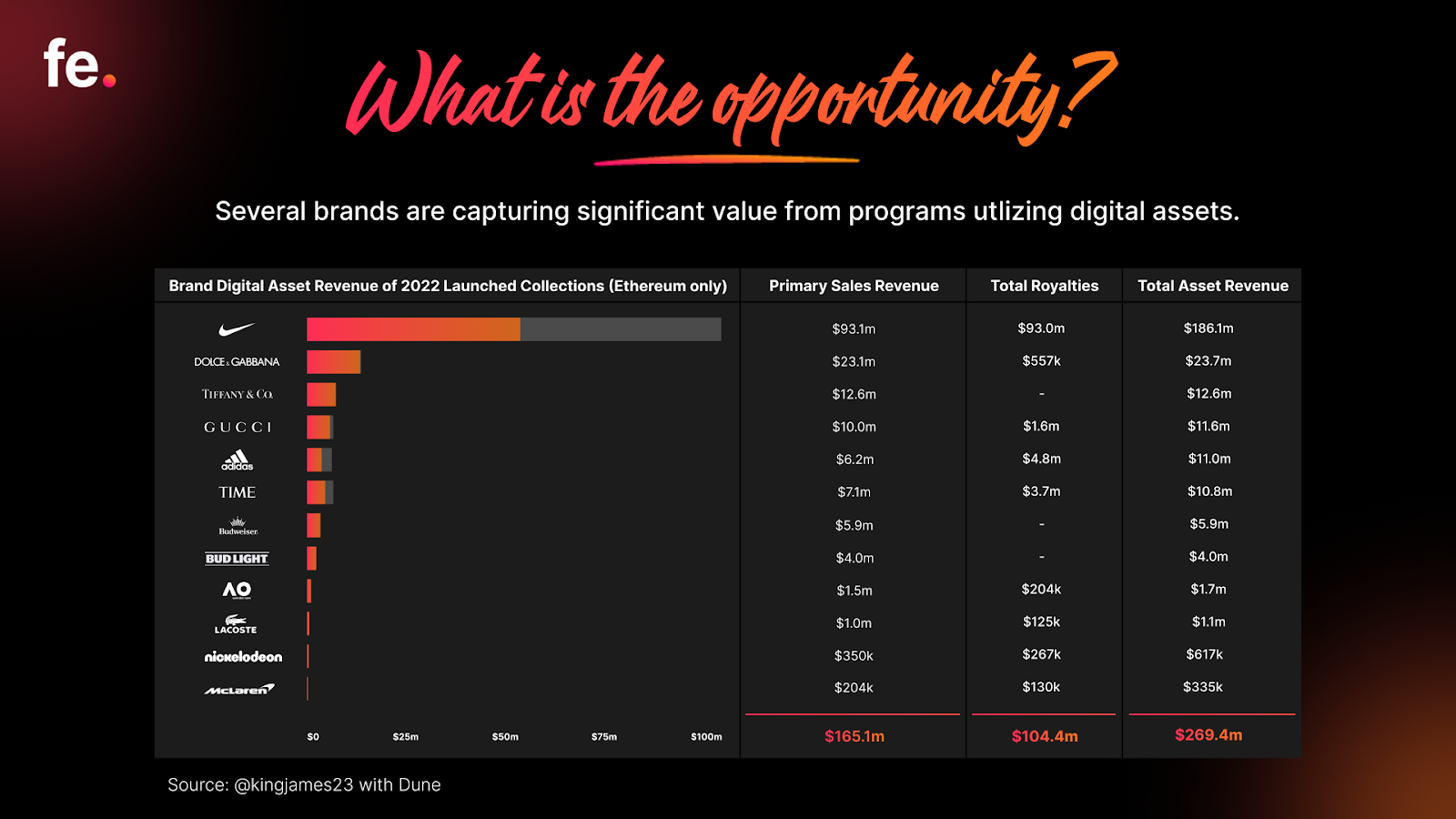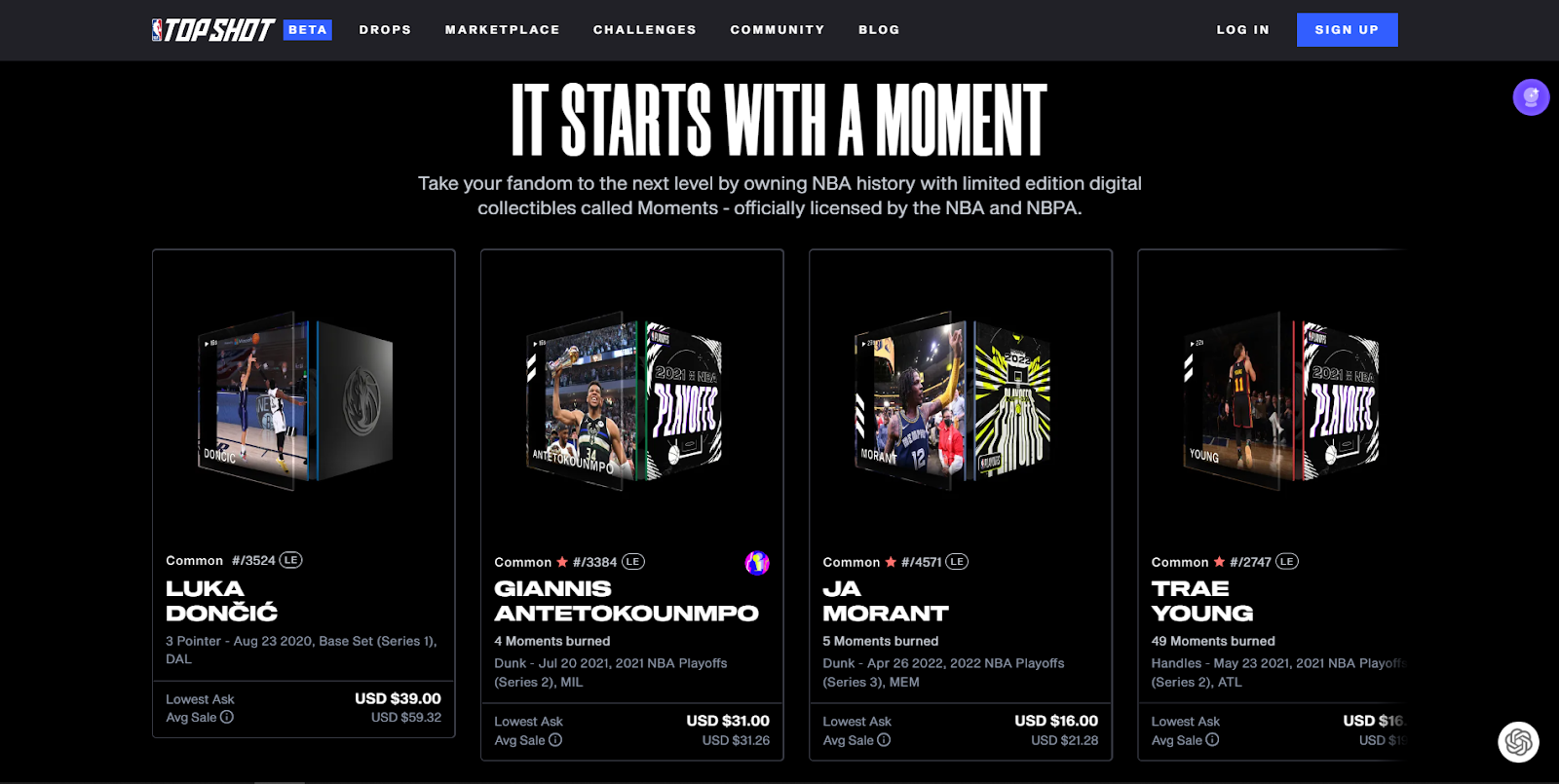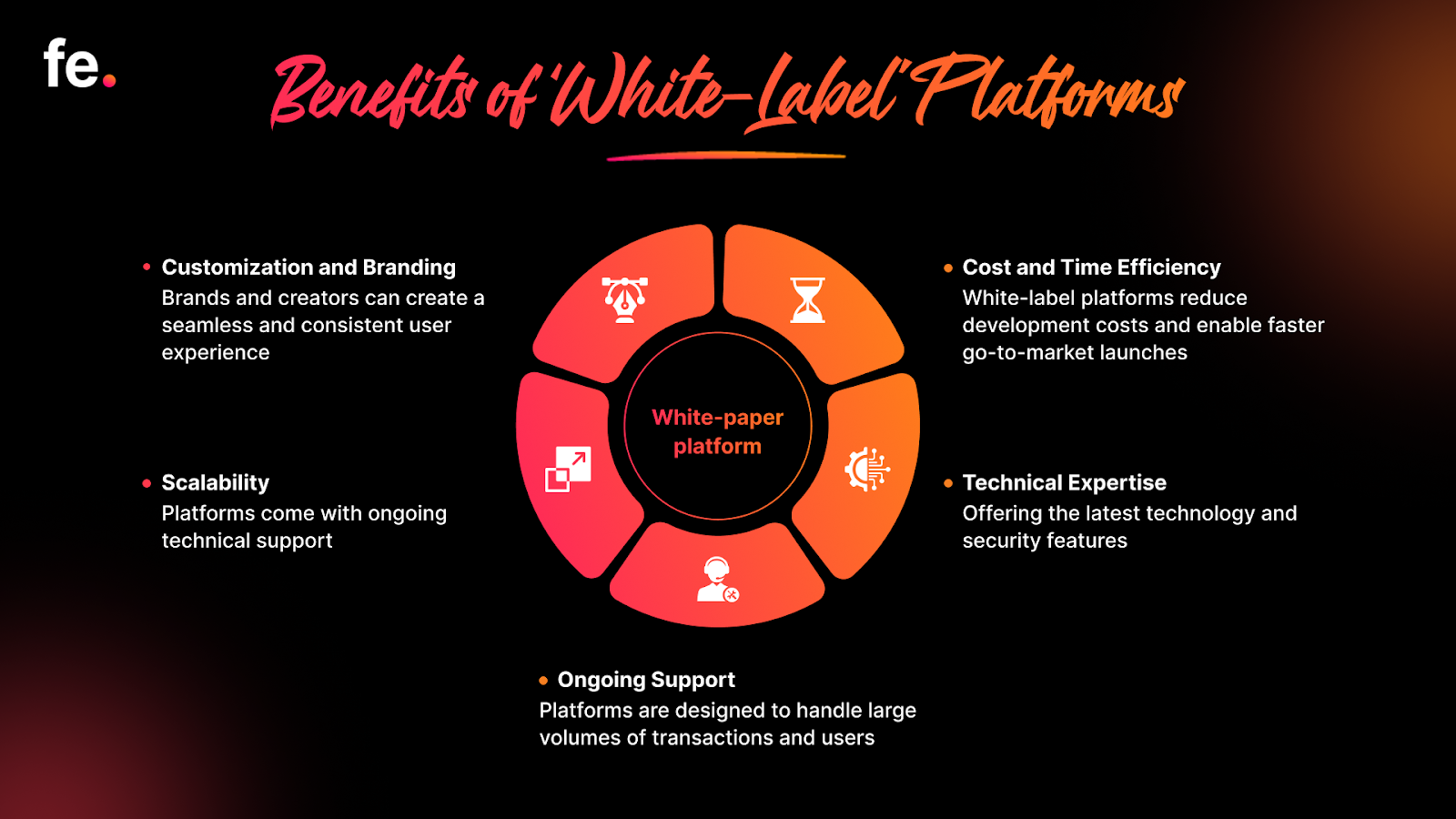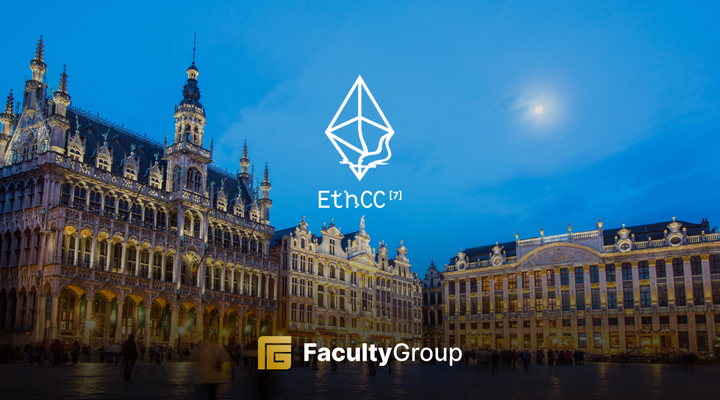Exploring the world of Digital Assets: Marketplaces vs. Storefronts

Digital assets were trendy, and then they weren't, but what you might not know is that 161 well known brands launched 247 digital asset programs in 2022 alone, and accumulated deep insights from their experiences. When it comes to selling their digital asset collections, brands and creators have two main options: Marketplaces or Storefronts. While both provide opportunities to create revenue streams for brands and projects, they differ in audience reach, control over branding and the overall user experience. Let’s examine the key differences between these options and explore the pros and cons for marketers using each platform.

Differences between Marketplaces and Storefronts
A marketplace is a platform where multiple brands and creators can list and sell their digital assets. These marketplaces are open to other sellers and digital asset types. The top two marketplaces by market share are OpenSea or Blur. These marketplaces offer projects and brands the opportunity to reach a large audience and buyers to discover new digital assets. The downside is the ‘NFT’ noise, with thousands of other projects listing their collections on the marketplace and there is no way to customise the user experience specifically to reflect your brand or its objectives.
In contrast, a storefront is an online platform owned by a single brand or creator. This gives the brand complete control over branding, consumer protection, design, and user experience. It allows them to personalize the experience for their fans/buyers and create a unique identity for their digital collections as well as ensuring brand safety. This can be especially beneficial for brands or creators who want to use this platform as part of their customer acquisition/engagement strategy.

For marketers, the choice between the two depends on their marketing strategy and target audiences and whether or not the brand or creator wants to retain control over the customer experience. Storefronts are a game-changer for creators, brands and artists as they provide an innovative way to create revenue streams, personalise buying experience, and give them control over branding and user experience to build a unique value proposition for their digital collections to truly engage with their global audience.
Benefits of ‘White-Label’ Platforms
By using off-the-shelf white-label solutions, brands and creators can save time and resources that would otherwise be spent on building a platform from scratch. Previously, this would have cost upwards of $500k to design and build, and now can be as little as a few thousand dollars a month for a white-label solution. Some benefits of white-label platforms include the following:

- Customization and Branding - Brands and creators can create a seamless and consistent user experience, leading to increased customer loyalty and engagement.
- Cost and Time Efficiency - White-label platforms reduce development costs and enable faster go-to-market launches with greater feature customisation.
- Scalability - Platforms are designed to handle large volumes of transactions and users, accommodating business growth and e-commerce-level traffic.
- Technical Expertise - By offering the latest technology and security features, Brands and creators can focus on their core operations and marketing objectives.
- Ongoing Support - Platforms come with ongoing technical support, which ensures it functions smoothly as the technology and industry evolve.
The popularity of digital assets has opened up various opportunities across different market and industry sectors to utilise web3 technology to drive consumer acquisition and segmentation, for example:
- Content Creators: These marketplaces allow artists and musicians to monetize their work, establish direct connections with fans, and generate new revenue streams while maintaining creative control.
- Sports & Entertainment: Sports clubs and entertainment companies can create digital collectables like trading cards and memorabilia to engage with fans and build new revenue streams.
- Luxury Market: Brands can leverage marketplaces to create digital versions of products, adding exclusivity, combating counterfeiting, and engaging with new younger audiences.
- Virtual Real Estate: Virtual worlds and metaverse platforms can use these platforms to facilitate the buying, selling, and leasing of virtual properties and commercial ‘space’ in the metaverse.
Some examples of well-executed ‘Storefronts’ by Brands include:
- https://www.gap.com/nft/: GAP used a white-label marketplace to bring its brand to new and existing customers. The marketplace included functionality for a gamified digital experience celebrating creatives and also tied the digital collection to real-world items, such as a limited edition collectable Gap hoodie.
- https://nbatopshot.com/: NBA Top Shot, a marketplace developed by Dapper Labs, offers sports enthusiasts a platform to purchase, trade, and sell basketball video highlights. According to data from DappRadar, a prominent NFT marketplace analytics provider, over half a million NBA Top Shot transactions have taken place, amounting to approximately $1 billion in total volume since the platform's inception.
The emergence of NFT storefronts is a testament to the growing popularity of blockchain technology and the desire of brands and creators to monetize their digital content securely and transparently while retaining full creative control. By offering customization, cost efficiency, scalability, technical expertise, and ongoing support, these platforms enable users to focus on their core operations while tapping into the lucrative world of digital assets. It’s a win-win for brands, creators, artists and their fans, supporters and audiences everywhere.
About Faculty Entertainment:
At Faculty Entertainment, we lead the way in innovation, unlocking new value for brands and entertainers through our cutting-edge technology consulting firm and digital asset studio. With unparalleled industry expertise, dynamic partnerships, and an unwavering commitment to client success, we are revolutionizing customer and fan relationships. We work alongside notable brands such as Timbaland's Beatclub, Steve Harvey's Gamestar+, and Audi's Holoride, leading the industry in solution design, infrastructure development, campaign planning and execution.








